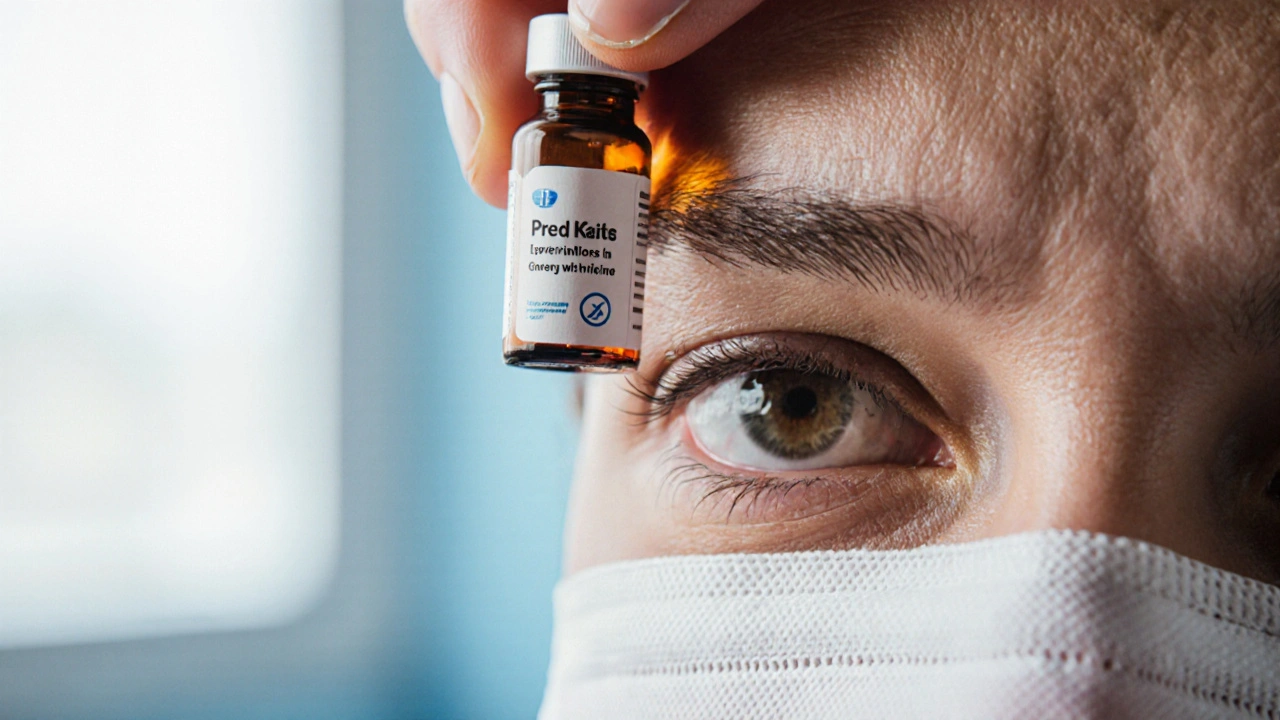Corticosteroid Alternatives – Your Guide to Safer Choices
When looking at corticosteroid alternatives, options that replace or supplement corticosteroid therapy for inflammation and immune modulation. Also known as non‑steroidal anti‑inflammatory options, it provides a way to manage conditions without the classic steroid side‑effects. Understanding these alternatives helps you avoid weight gain, bone loss, or blood‑sugar spikes that often come with long‑term steroid use.
Traditional corticosteroids, steroid hormones used to suppress inflammation and immune response work by mimicking natural hormones, but they hit many body systems at once. That broad impact is why doctors sometimes look for narrower tools. Non‑steroidal anti‑inflammatory drugs (NSAIDs, medicines that block prostaglandin production to reduce pain and swelling) target the pain pathway without the hormonal overload. They’re handy for arthritis, minor skin flare‑ups, and short‑term injury relief, but they can irritate the stomach or affect kidney function if overused.
When NSAIDs aren’t enough or cause trouble, many turn to natural supplements, herbal or nutrient‑based products that modulate inflammation through antioxidants or specific pathways. Curcumin, boswellia, and omega‑3 fatty acids often show up in research as effective anti‑inflammatory agents. They’re easy to add to daily meals and usually have a gentle side‑effect profile, though potency can vary. Pairing a supplement with a low‑dose NSAID sometimes gives the best of both worlds – enough relief without the high steroid dose.
Why explore immunosuppressant options?
Some autoimmune conditions need stronger immune control than what NSAIDs or supplements can provide. Here, immunosuppressants, drugs that intentionally reduce the activity of the immune system to prevent tissue damage enter the picture. Medications like methotrexate or azathioprine act more selectively than steroids, reducing the risk of weight gain and bone thinning. They do require careful monitoring of blood counts and liver function, but for many patients they become a long‑term backbone of therapy once steroids are tapered off.
Choosing the right alternative involves three key steps: assess the condition’s severity, weigh the side‑effect profile, and consider lifestyle factors such as diet, other meds, and kidney health. For mild eczema, a topical calcineurin inhibitor might replace a steroid cream. For chronic lung disease, a low‑dose inhaled steroid combined with an oral NSAID could lower the total steroid load. Understanding how each option fits into your overall treatment plan makes it easier to talk with your doctor confidently.
Below, you’ll find a curated list of articles that break down specific drug comparisons, cost‑benefit analyses, and real‑world tips. Whether you’re hunting for the cheapest phosphate binder, comparing liver‑support supplements, or learning how to buy generic medications safely, the posts cover a broad spectrum of alternatives that give you more control over your health decisions.
Pred Forte vs Other Steroid Eye Drops: A Complete Comparison
Compare Pred Forte with top steroid eye‑drop alternatives, covering potency, side‑effects, cost, and when each is best suited for ocular inflammation.
